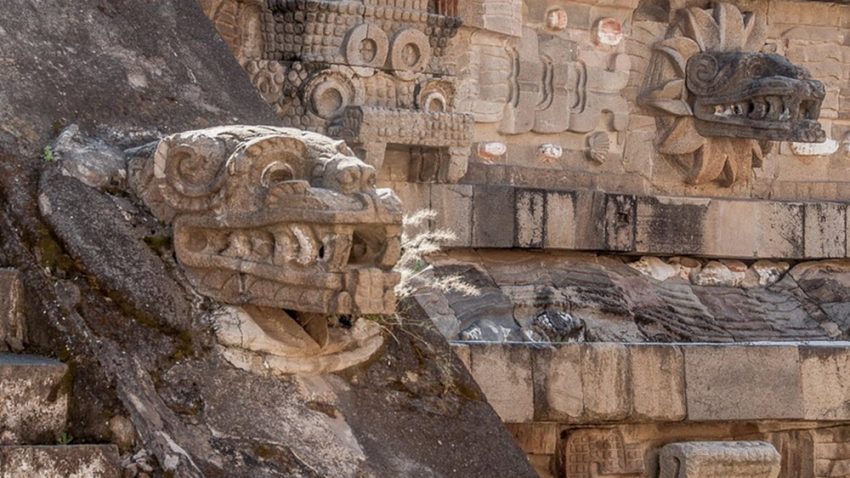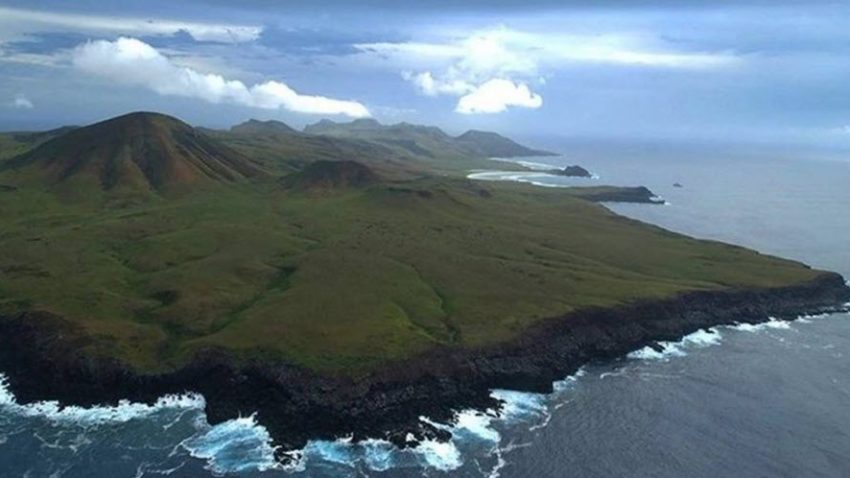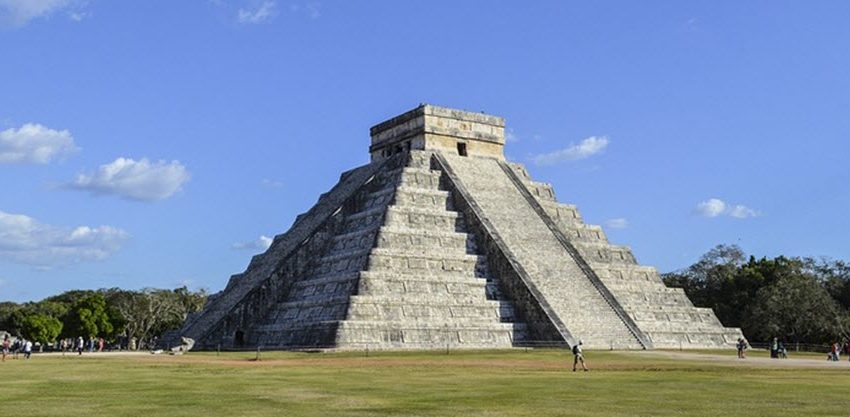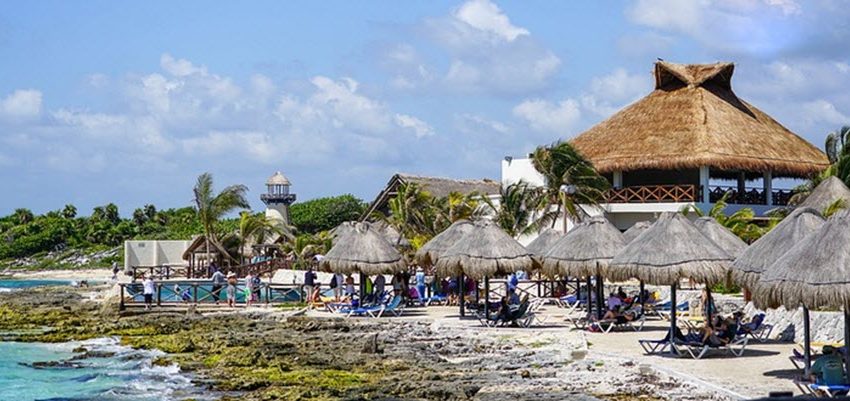Mexico
Contents
Mexico is a country bordered by the United States to the north and to Guatemala and Belize to the south-east. It has long coasts along both the Pacific Ocean and the Atlantic, including the Caribbean Sea and the Gulf of Mexico.
Officially named the United Mexican States (Spanish: Estados Unidos Mexicanos), this country is a federation consisting of 31 states + Mexico City.
Out of the 141 UNESCO World Heritage Sites in Latin America and the Caribbean, 35 are found in Mexico, which is the highest number for any country in the region. Out of these 35 sites, 27 are cultural sites, six are natural sites, and two are mixed.
Mexico is also famous for its natural biodiversity and is home to a wide range of different habitats. The climate varies considerably throughout the country. Very generally speaking, the north is mountainous and cooler, with notable arid areas at lower elevations. From around Tampico, the climate becomes more warm and humid.
In 2018, Mexico was the 6th most visited country in the world, with 39 million international arrivals.

Short facts about Mexico
- Currency: The Mexican peso (MNX)
- Driving side: The right-hand side
- Calling code: +52
- Internet TLD: .mx
- ISO 3166 code: MX
Capital
Mexico City is the capital and most populous city of Mexico.
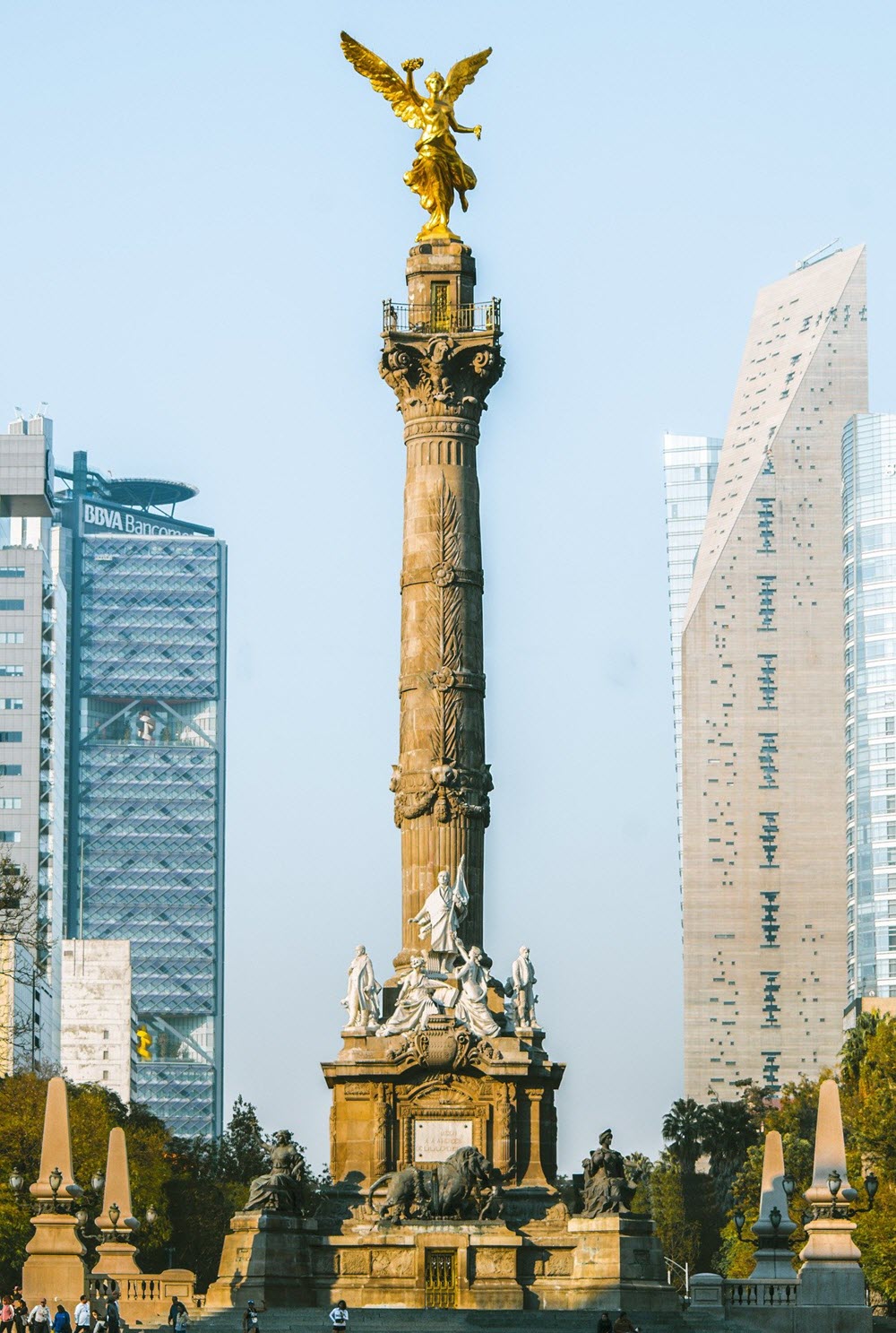
Coordinates: 19°26′N 99°08′W
Languages
The de facto official language in Mexico is Spanish.
Spanish + 68 Native American languages are recognized regional languages.
Religion
Data from 2010 show that over 80% of the population identified as Catholics.
Minority religions: 6.6% Protestantism, 1.4% Jehovah’s Witnesses, 1.9% any other religion
4,7% of respondents identified as irreligious
Area
The total area of Mexico is 1,972,550 km2 (761,610 sq mi).
Population
For 2020, the estimated population is almost 129 million people.
Time zone
Mexico is a large country with several time zones, from UTC -8 to UTC -5.
| Mexican time zone | Winter | Summer (DST) |
| Zona Sureste | UTC−05:00 | UTC−05:00 |
| Zona Centro | UTC−06:00 | UTC−05:00 |
| Zona Pacífico | UTC−07:00 | UTC−06:00 |
| Zona Pacífico | UTC−07:00 | UTC−07:00 |
| Zona Noroeste | UTC−08:00 | UTC−07:00 |
Mexico has four main time zones. Most of the country observes Daylight Saving Time (DST), but Zona Sureste and parts of Zona Pacifico do not.
For economic reasons, some metropolitan areas close to the United States border follow the U.S. Daylight Saving Time schedule instead of the Mexican one.
Holidays
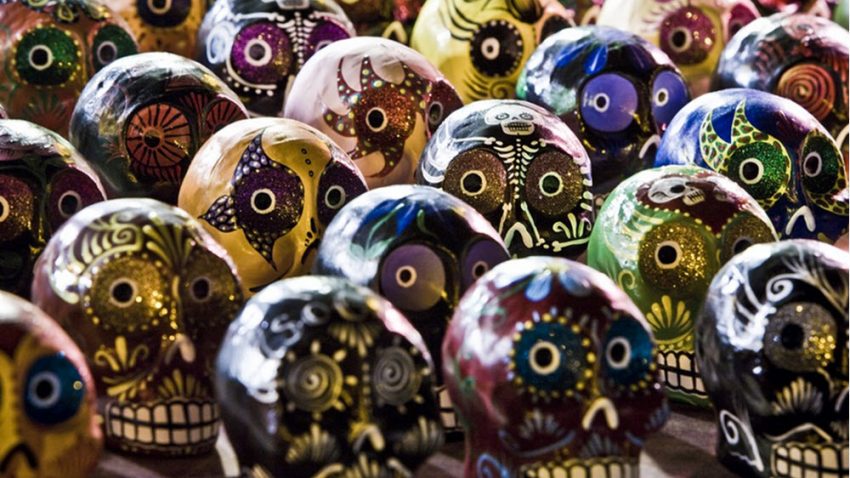
Not all of the holidays below are bank holidays.
- 1 Jan: New Years Day
- 6 Jan: Día de Los Reyes
- 2 Feb: The Candelaria Virgin Day. It is celebrated in many places around the country, but is not an official holiday.
- 5 Feb: Day of the Mexican Constitution
- 24 Feb: Day of the Mexican Flag (not an official holiday)
Easter is widely celebrated in Mexico. Mexico follows the Catholic tradition where Easter Sunday is the first Sunday after the first full moon after the spring equinox. This means that it can fall between March 22 and April 25, depending on the year.
- First Sunday in March: Day of the Family
- 21 March: Birth of Benito Juárez (in 1806)
- 1 May: Worker´s Day
- 5 May: Battle of Puebla
- 10 May: Mother´s Day
- 1 September: The Mexican President addresses the Nation
- 15 September: Grito de Dolores
- 16 September: Independence Day
- 12 October: Descubrimiento de America (not an official holiday)
- 2 November: Day of the Dead
- 20 November: Revolution of 1910
- 12 December: Virgin Mary of Guadalupe Day
- 24 December: Christmas Eve
- 25 December: Christmas Day
- 31 December: New Year´s Eve
Background
This region has been populated since at least 8,000 BCE and is one of the world´s six cradles of civilization. Several complex Mesoamerican civilizations have developed here, including the Maya and the Aztec civilizations.
The region was colonized by Spain in the 16th century and remained a Spanish colony until achieving independence in the 19th century.
During the colonial epoch, the local Native American peoples were harshly exploited by the colonial powers, especially in the mining industry, as the extraction of precious metals became an important source of wealth for Spain. Diseases from the Old World also served to shrink the local populations, as many died in illnesses such as smallpox and measels.
Mexico ceased to be a Spanish colony in 1821, as a result of the Mexican War of Independence.
Mexico lost considerably amounts of land in the north of the country through the Texas Revolution in 1835-1836 and the Mexican-American War 1846-1848.



